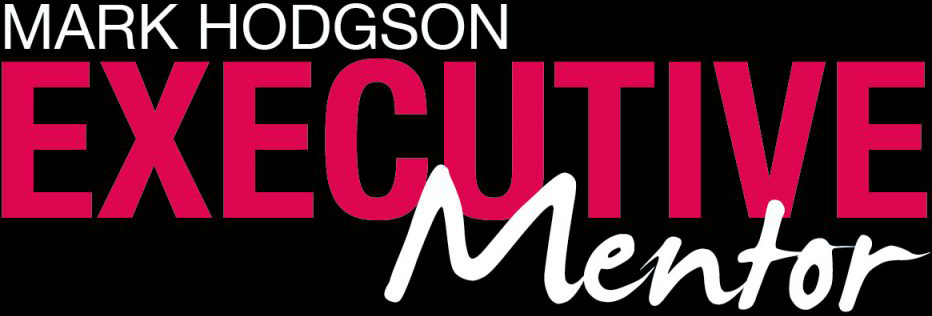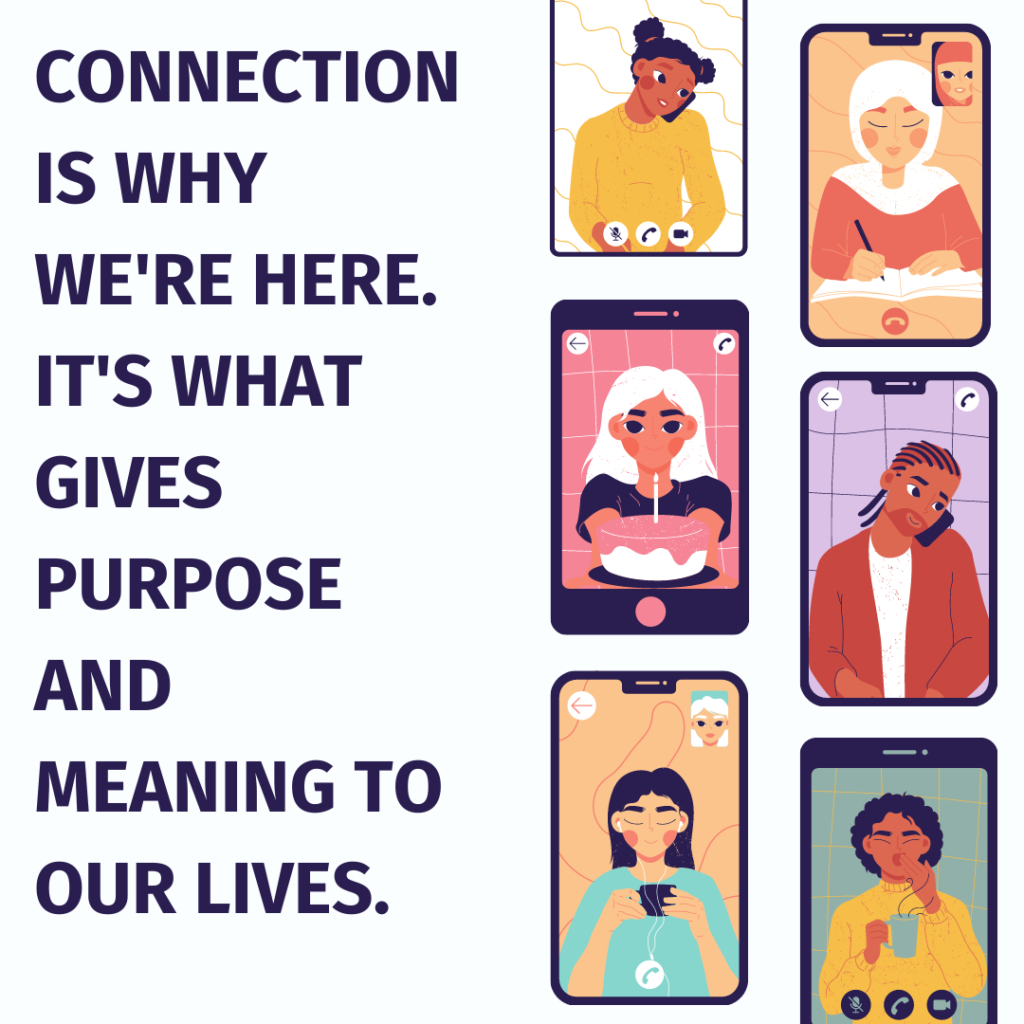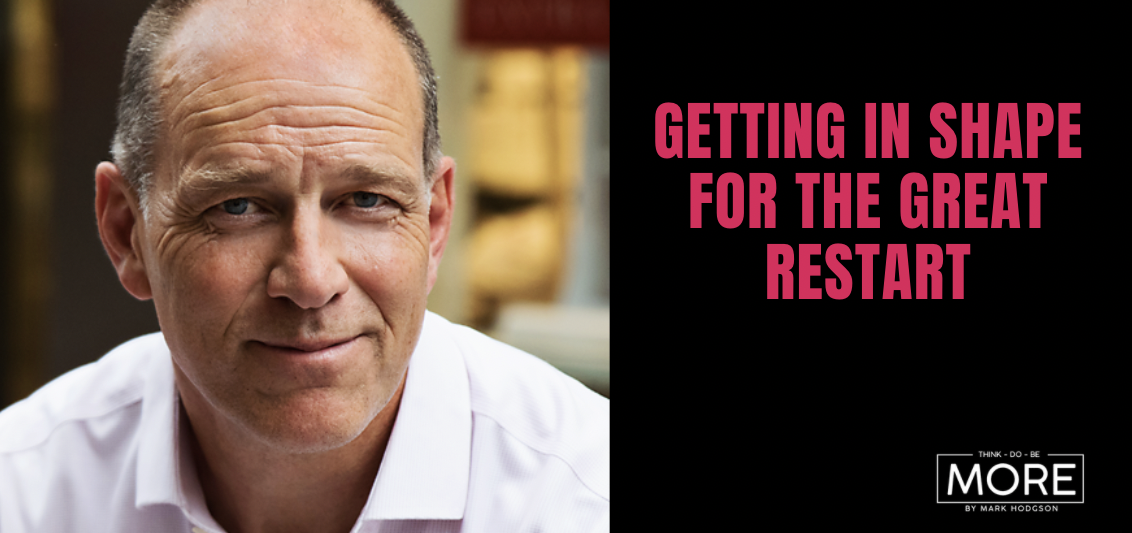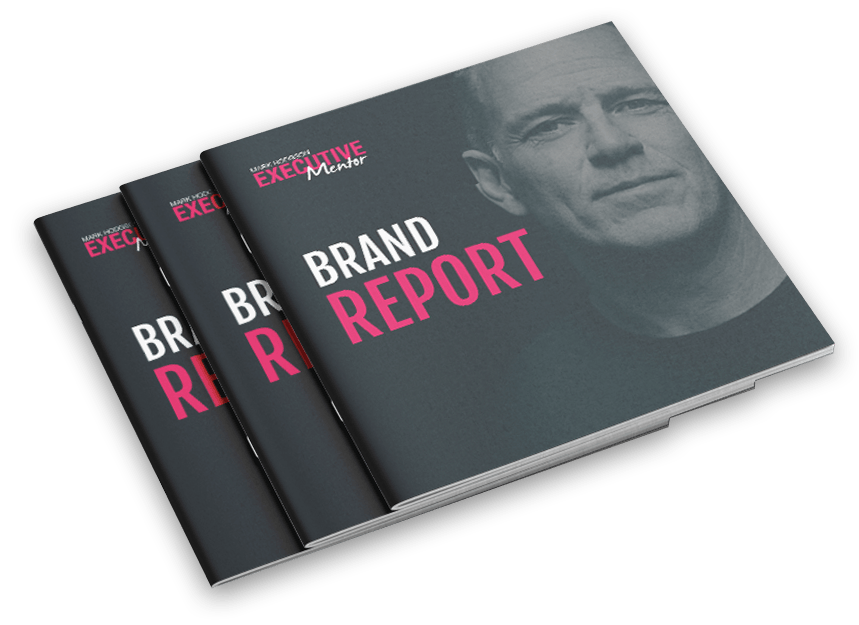I recently ran a leadership workshop where I showed Dr Brené Brown’s excellent first Ted talk (still one of the top 5 of all time). I’ve watched it many times and usually concentrate on the section where she discusses vulnerability. But this time I was struck by Brené’s first point – about the reason we exist.
“Connection is why we’re here. It’s what give purpose and meaning to our lives.”
That’s pretty profound! It’s also a long way from where many of us find ourselves. Whilst technology enables us to ‘connect’ as never before, the irony is that many of us have never felt more isolated – especially after the last 12 months of enforced disconnection.
I thought of this again in two recent client interactions. The first was when facilitating an event for a technical company in the process of developing its thought leadership. The business knows that it must move away from the historical low-margin conversations around products and specifications to succeed. It’s now building a new brand reputation – as a future-focused influencer, attuned to customer needs and aspirations.
The second was a conversation with an executive in a financial planning business. They are struggling to adapt in the face of new ‘DIY’ financial software and low-cost, outsourced solutions. Margins are being slashed. Their traditional model of impersonal, infrequent and expensive customer interactions is busted.
Connection trumps capability
Both cases illustrate an opportunity that many miss. In a rush to trumpet our credentials and technical know-how, we fail to first connect. In a world of same-same offerings, connection, not capability, is the edge we need.
Talk like a real person!
I am lucky enough to work closely with several neuroscientists. In truth, most of them roll their eyes when I talk about left-brain and right-brain. It’s simplistic to say all of our emotions and feelings reside in the right hemisphere of the brain. Simplistic, but, I believe, useful.
Whatever the truth of the (grey) matter, we’re heavily influenced by our feelings and our emotions. Yet most businesses make a poor fist of creating an emotional connection. They fail to make the ‘right-brain’ case to support their rational, data-driven arguments.
Getting started
Doing this is actually not that hard. We do it all the time in our non-business conversations. The biggest barrier is our own prejudice about exactly what ‘business’ should look and sound like. We’ve been schooled in the formal, the fact-based, the logical and the linear. All good stuff – and still essential. Where the gap (and opportunity) lies is in also connecting at a more ‘human’ level.
Kick-starting your human connection
Tell great stories.
Ask questions.
Enquire about what’s going on in your client’s personal world.
Make them feel heard.
Display your own fears and vulnerabilities.
Tell a joke.
Empathise.
Inspire your customers!
Excite them. Share their risk. Challenge them to step up, be brave, go first, run a pilot, make a difference, live a little, dare to fail.
When we do this, we are more likely to genuinely connect. Our relationship evolves from transactional (seller-buyer) to collaborative (partnering) to solve a problem or maybe create something exciting, special or unique.
Soft skills – Hard cash
And don’t be fooled, there’s money in them there ‘connection’ hills. A large Australian insurer has recently embarked on a complete overhaul of the way it manages workers returning to the workforce after sickness. It has moved from a linear process (this-is-where-you-should-be-by-10 weeks/14 weeks/18 weeks) to a case-management approach.
Now, specially-trained staff are heavily involved with the care and recuperation of the insurees. They are encouraged to build a caring and supportive relationship. Not only does this make for great customer service, data shows that, on average, workers are returning to their roles 20-30% sooner (and therefore no longer claiming on the insurance). The shift to an ostensibly ‘softer’, approach with high levels of human connection is making plenty of hard cash.
Whatever business you are in, there are likely to be similar upsides from creating a more human connection with customers, staff and suppliers.
So soften the **** up!




